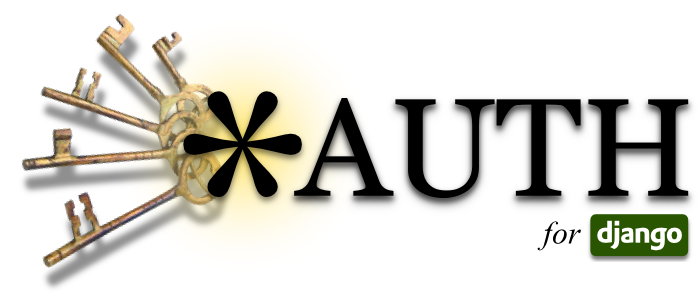Notes
In this episode, we started a users app and hooked up the custom user model feature of Django to unlock the full extensibility of that model in the future. The stream was cut short this week because of some crashing issues in the OBS streaming software.
The goal of the episode was to add django-allauth so that users can sign into the service with an email and password instead of the default username and password combination. We’re using Will Vincent's guide on this topic as an aide for this implementation (thanks Will!).
django-allauth makes it possible to add a variety of authentication options like Google or Facebook sign in. My app is not using those modes, but it is taking advantage of the “email as username” feature that the package can provide.
Before getting to the django-allauth integration,
we first needed to create a custom User model.
This isn’t strictly necessary,
but it unlocks a lot of future potential
and is a hard change to make later
in a project.
I started with the creation
of a new Django app
for the User model to reside in.
(venv) $ python manage.py startapp users
From there,
I discussed some code organization ideas
and explained why I’m making the choice
to put all of my app code into a single, top-level package
called homeschool.
It’s mostly a personal preference issue,
but I did talk through some justification
for my decision.
(venv) $ mkdir homeschool
(venv) $ touch homeschool/__init__.py
(venv) $ mv users homeschool
With the app in the location I wanted, we put it in the list of installed applications in the settings.
# project/settings.py
INSTALLED_APPS = [
"django.contrib.admin",
"django.contrib.auth",
"django.contrib.contenttypes",
"django.contrib.sessions",
"django.contrib.messages",
"django.contrib.staticfiles",
"homeschool.users",
]
Next, we needed to create the model and set it in the settings.
# homeschool/users/models.py
from django.contrib.auth.models import AbstractUser
class User(AbstractUser):
"""A custom user for extension"""
# project/settings.py
AUTH_USER_MODEL = "users.User"
Finally, we generate the migration to make use of the setup.
(venv) $ python manage.py makemigrations
(venv) $ python manage.py migrate
Unfortunately, that’s where the stream ended for the night. My recent upgrade to macOS Catalina was not playing nicely with the OBS streaming software and OBS crashed hard. Interestingly, I was able to get OBS to crash every time I tried to log in to the Django admin in Firefox. It was super weird.
Next time, we will continue to work through the django-allauth addition with a (hopefully) more stable streaming setup.

